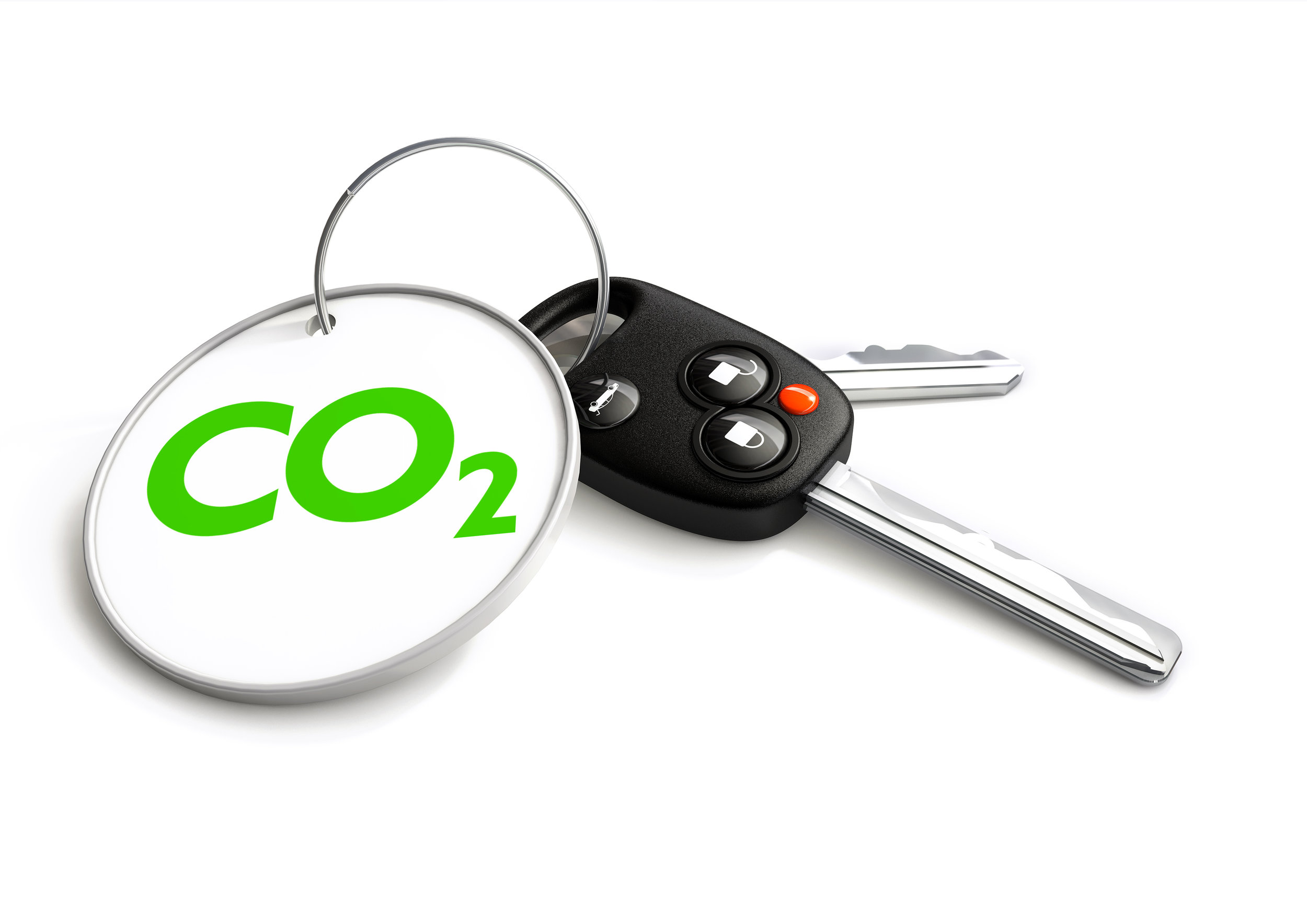Current news headlines continue to report ambitious goals by nations, states, and progressive cities to end the use of internal combustion engines (ICE) in the foreseeable future. Some news sources have even reported the impending death of ICE vehicles. Electric vehicles (EVs) are being touted as the answer.
However, there are no clear pathways to achieve these lofty goals. Simply put, adoption of EVs have been slow, there are too many ICE vehicles in use (2016: 900M vehicles in operation with an estimated 1.8B by 2040), and the price of oil is currently not high enough to alter vehicle buying habits. The cost of EV batteries also continues to be high, which translates into vehicles being cost prohibitive to many without subsidies.
Impacting the cost of EV batteries is the supply chain for key minerals like cobalt, graphite, and lithium carbonite as demand is outstripping supply. There are only a few producers mining these materials, and the ability to meet future supply is heavily reliant on new deposit discoveries. Many high producing mineral deposits are also located in geopolitically unstable regions like Bolivia and the Democratic Republic of Congo. China continues to make strategic moves to lock down its mineral rights and already produces about two-thirds of all EV batteries. To complicate matters as well, Amnesty International reports unsafe working conditions as well as reliance on child labor in many mines contributing to the production of EV batteries.
Furthermore, the environmental profile of EVs can be dramatically influenced by a few considerations including:
EVs must be built from scratch since there is not yet a simple way to convert ICE vehicles to EVs
Chemicals and materials must be mined and manufactured to produce the batteries on top of the materials required to build the vehicles
There is considerable variation in EV greenhouse gas emissions depending on the source of electricity (i.e., Coal, Fossil-fuel heavy, Broad Mix, or Low Carbon) to charge EV batteries
There’s no doubt that EVs will play a role in combatting climate change; however, the impact of advanced biofuels like that to be produced by SynSel provides an immediate solution in this fight. A few highlights include:
Wood is an abundant, renewable feedstock used to produce SynSel fuel.
SynSel fuel is drop-in, tank ready and does not require modifications to the >900M ICE vehicles already on the road.
Like other fuels, SynSel has 60 times the energy content per pound compared to batteries.
Additionally, ICE vehicles powered by wood-derived fuels have a greater environmental profile than EVs with electric charging via natural gas (ICE with SynSel fuel: 90+% reduction in GHG vs. EV: 56% reduction in GHG compared with petro-based vehicles). Simply put, SynSel fuel and its transportation platform is the environmental and economic choice in vehicle transportation alternatives.






